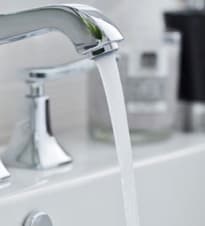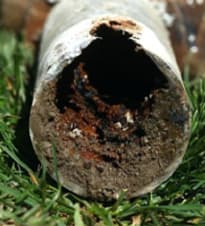The only way to know for sure whether or not there is mold present in your home is to have it tested. Mold testing involves collecting samples of the air or surfaces in your home and testing them in a lab for the presence of mold.
If mold is detected, a professional can then help you determine the best course of action for addressing the problem.
Why is mold testing important?
Mold testing is important because it can identify the presence of mold in a building or living space. This helps to identify and address any potential health risks associated with mold, as well as to detect any water damage that might have occurred, which can also lead to mold growth. Testing also helps to determine the type of mold present, which can be helpful in determining the best way to remediate the problem.
1. Schedule a Mold Inspection
The first step in the mold testing process is to schedule a mold inspection. During the inspection, a qualified mold inspector will assess the property for potential mold growth and contamination. The inspector will look for visible signs of mold, moisture sources, and any other environmental factors that may be contributing to a potential mold problem.
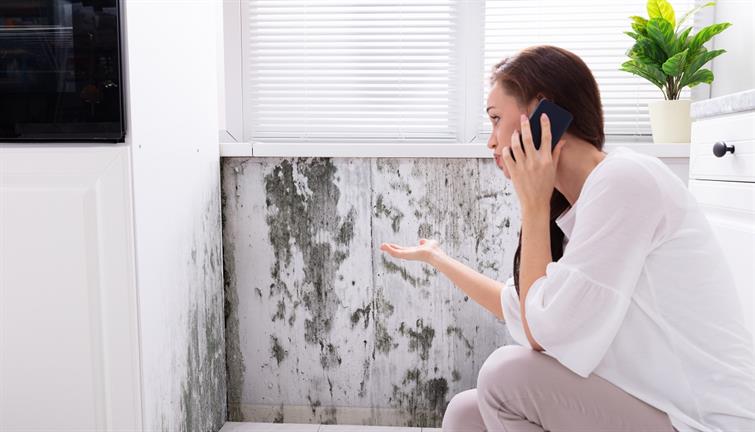
2. Collect Samples
Once the mold inspector has identified potential mold growth and contamination, they will collect samples for testing. Samples are typically collected from walls, ceilings, floors, and other areas where mold may be present. The samples are then sent to a laboratory for testing.
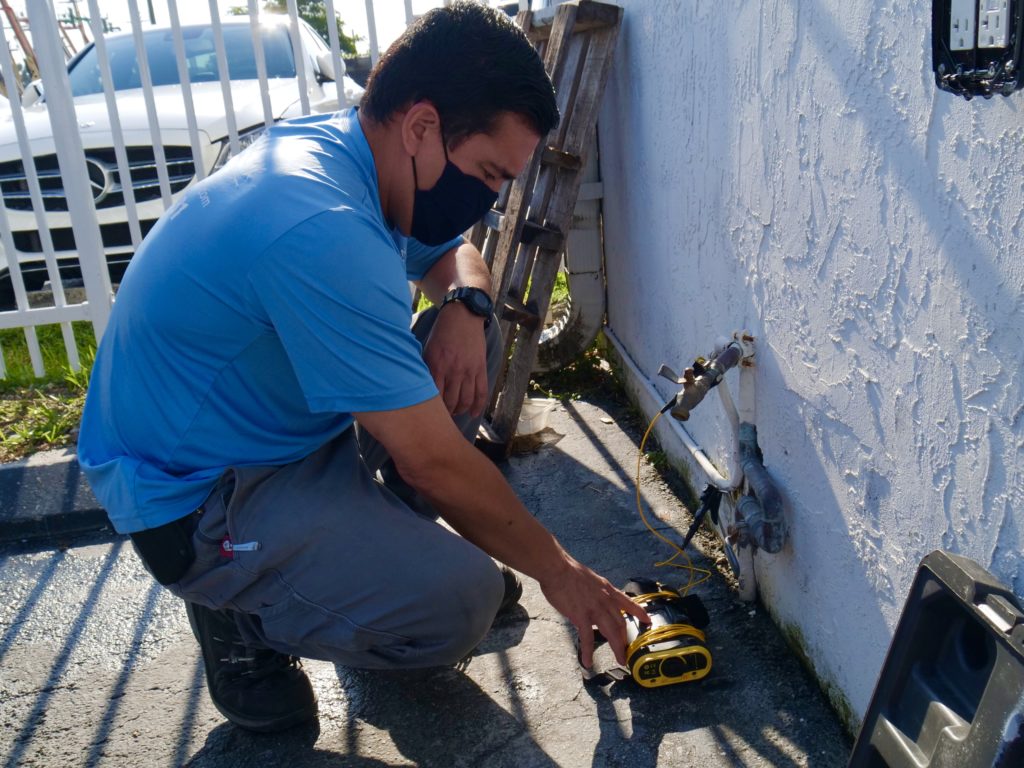
3. Test the Samples
The laboratory will then test the samples to determine the type of mold, the concentration of the mold, and the potential health risks associated with the mold. The laboratory will use specialized equipment, such as microscopes, to analyze the samples.
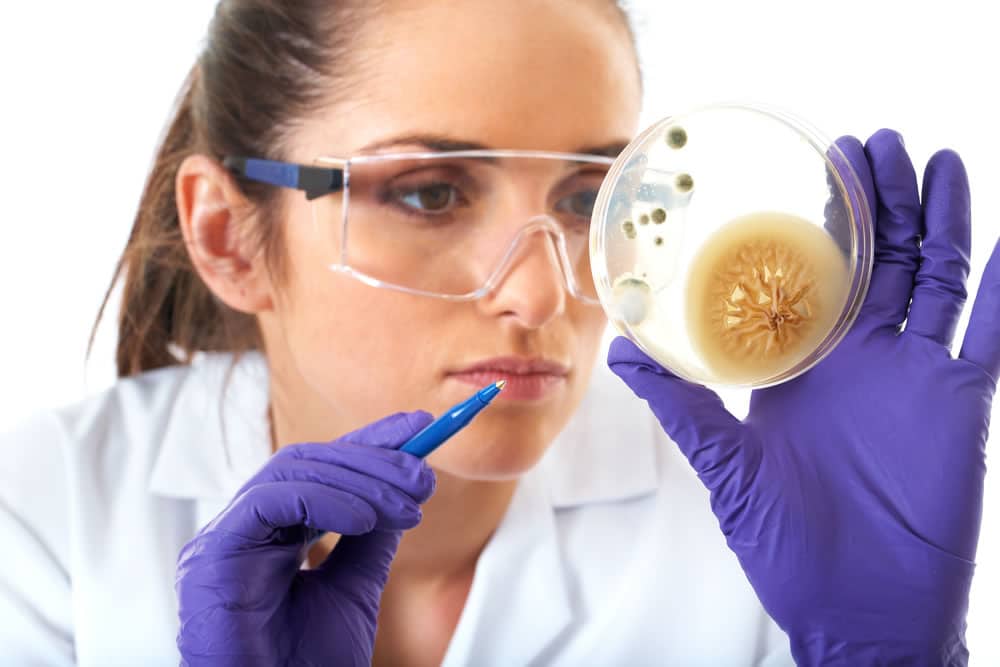
4. Assess the Results
Once the laboratory has analyzed the samples, they will provide a report of the results to the mold inspector. The report will include the types of mold found, the concentration of the mold, and the potential health risks associated with the mold.
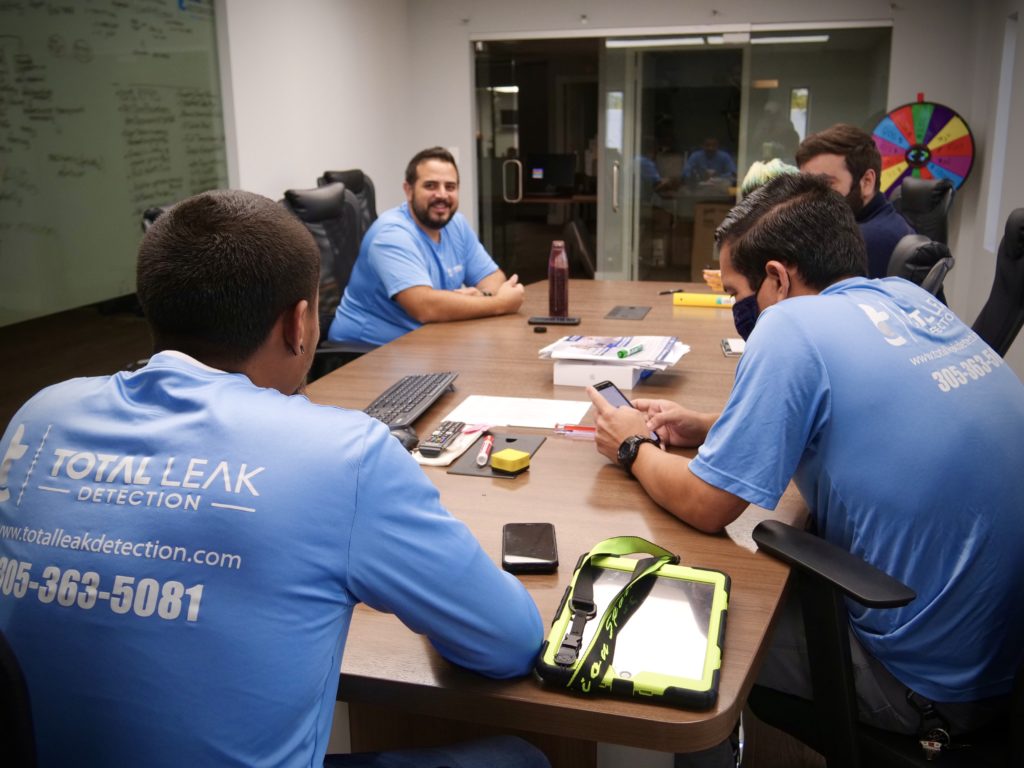
5. Recommend Remediation
Based on the results of the mold testing, the mold inspector may recommend remediation to remove the mold from the property. Remediation typically involves cleaning the affected area with specialized solutions, sealing off the area, and replacing any materials that have been affected by the mold.
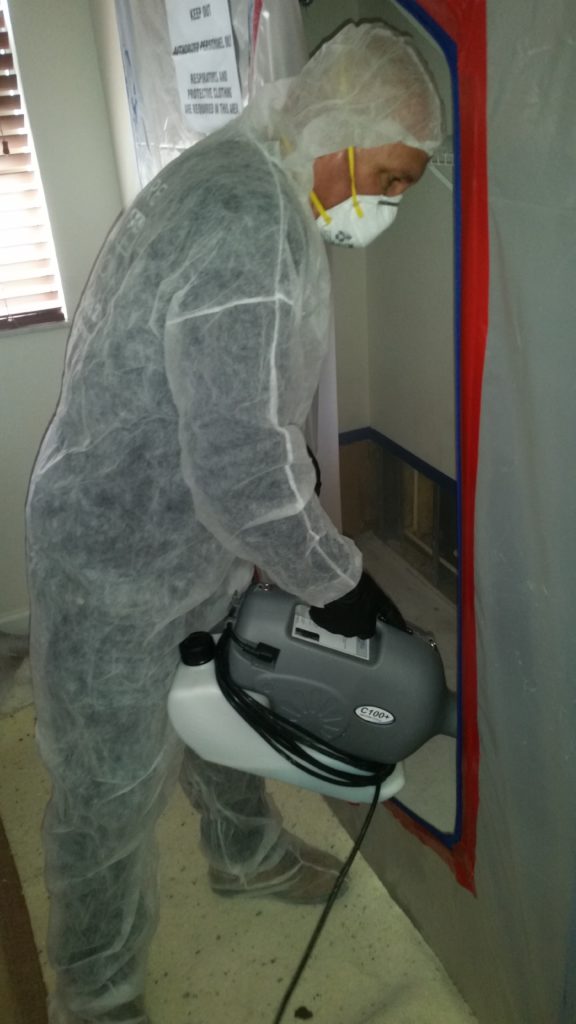
6. Re-Test the Property
After the remediation has been completed, the mold inspector will typically re-test the property to ensure that all of the mold has been removed. If any mold is still present, the inspector may recommend additional remediation or other measures to ensure the property is safe.

7. Report the Results
After the re-testing has been completed, the mold inspector will provide a final report of the results to the property owner. The report will include the types of mold found, the concentration of the mold, and the potential health risks associated with the mold. This report can be used to make informed decisions about how to proceed with any future mold-related issues.
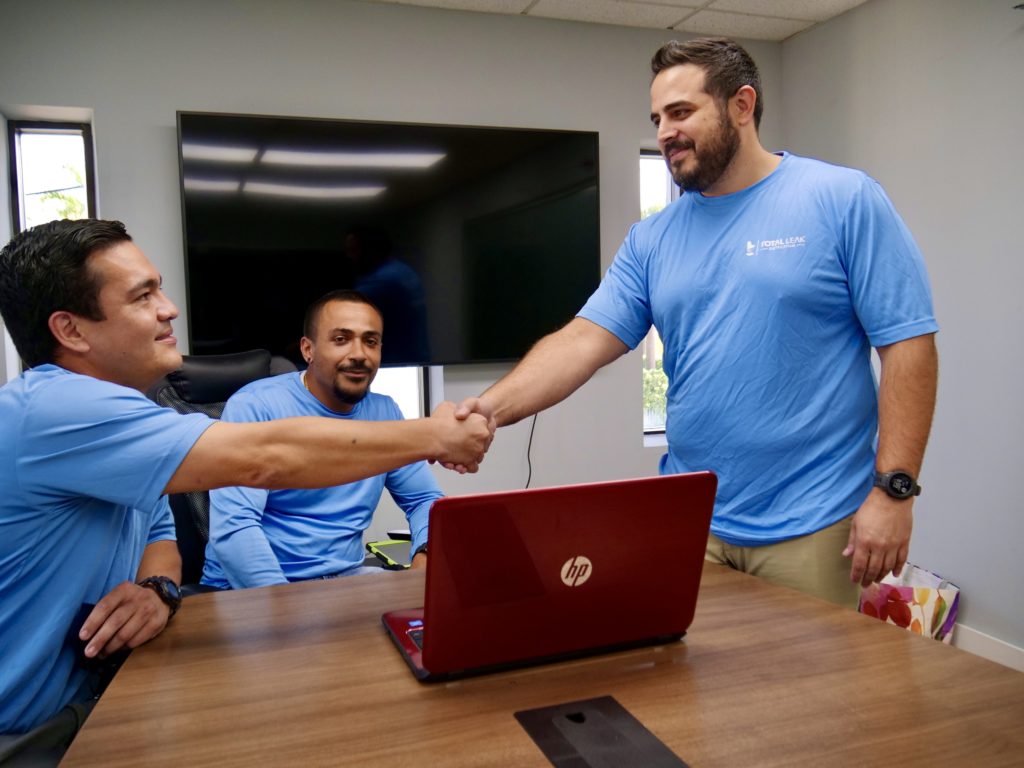
We Offer Mold Testing
Total Leak Detection offers reliable and accurate mold testing services for residential and commercial properties. Our team of experienced professionals use the latest testing methods and equipment to detect the presence of mold in your property, and to identify the type of mold present.
We also provide recommendations on how to best address any mold issues that are found. Contact us today to learn more about our mold testing services and how we can help you protect your home or business from mold-related health risks.


